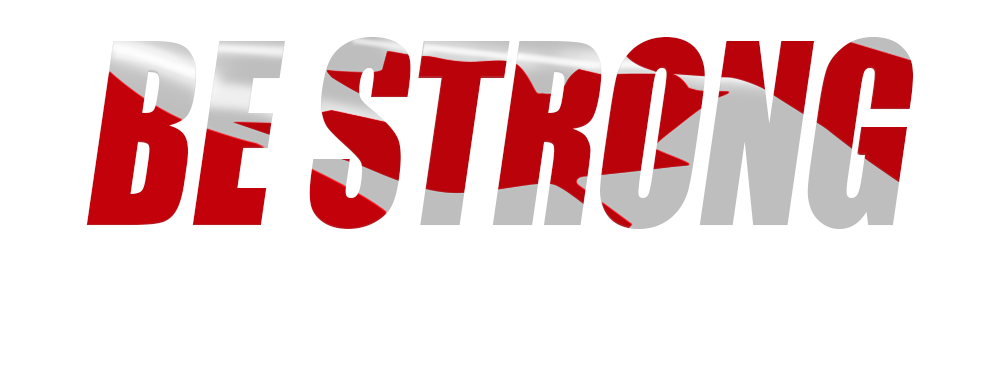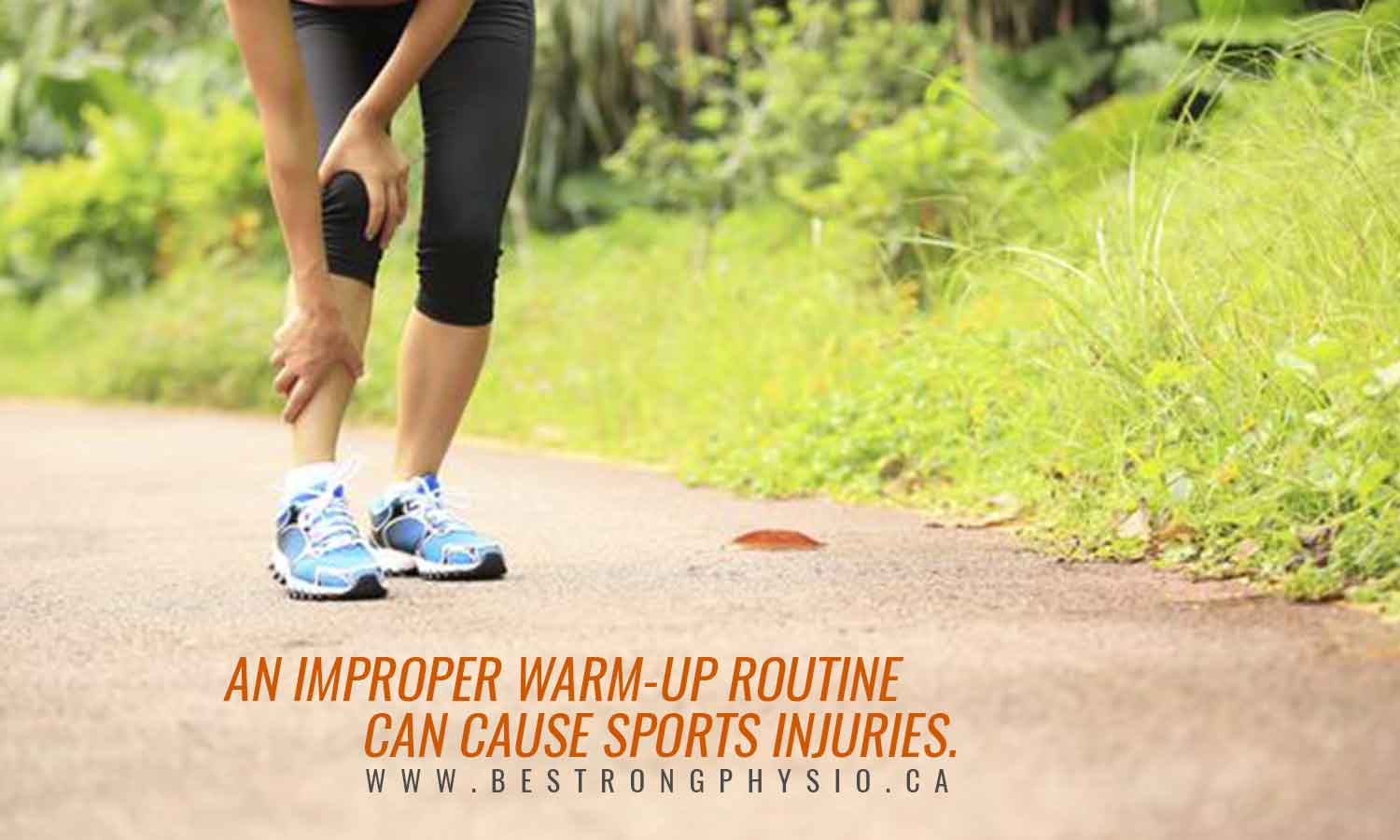Sports Injuries: Causes, Treatment, and Prevention
Many Canadians lead a healthy and active lifestyle; some people are more inclined toward outdoor adventures, while others have a passion for sports. As healthy and fulfilling as these pursuits may be, physical activity can come with risks.
Sports injuries are not uncommon. 35 percent of injuries are caused by participation in sports or exercise, and from 2016 to 2017, about 17,655 Canadians were hospitalized due to sports-related injuries (according to the Canadian Institute for Health Information).
Here’s a guide to frequently seen sports injuries, along with several treatment and prevention tips to help keep you safe.
Why Injuries Occur
Whether you’re a seasoned athlete or a weekend warrior, a sports injury can leave you sidelined for a long time. People who are not in the right physical condition for an activity or who engage in rigorous exercise after a long period of inactivity could be at risk. Weakness in the muscles, tendons, and ligaments are also contributing factors. Understand your body’s capabilities; incorporate stretching to help muscles and joints adapt accordingly.
Other causes of injury include:
- Overtraining – Overtraining involves excessive repetition of exercises without enough rest in between. Inadequate recovery time along with increased intensity is one of the leading causes of injury. Symptoms of overtraining include troubled sleep, excessive fatigue, increased resting heart rate, and a decreased ability to properly perform a given exercise or motion. The best way to prevent overtraining is to rest after every set.
- Improper warmup – Warming up is essential before exercise, as it increases your body temperature and improves blood circulation to the muscles. To prepare your joints and muscles for a workout, warm up with stretches or light cardiovascular activity for at least 15 to 20 minutes.
- Impact – Sports injuries caused by hard contact (with an object, the ground, or another person) are most common in sports like boxing, football, and rugby. A strong impact can result in bruising, cuts, head and spinal trauma, ligament and tendon damage, fractures, and muscle pain. Wear protective equipment to reduce the risk of contact accidents.
- Improper technique – Exercising or playing sports without paying attention to proper form can put you at risk. Seek the advice and expertise of a professional trainer or coach who can demonstrate proper performance techniques. (Also, make sure to wear the right clothing and footwear.)
- Overuse – Repeated actions that apply consistent pressure to a particular group of muscles, soft tissues, or joints can cause injury. Over time, these repeated motions can lead to the development of tennis elbow, thrower’s shoulder, golfer’s knee, and jumper’s knees. Symptoms include pain, swelling, and sensitivity.
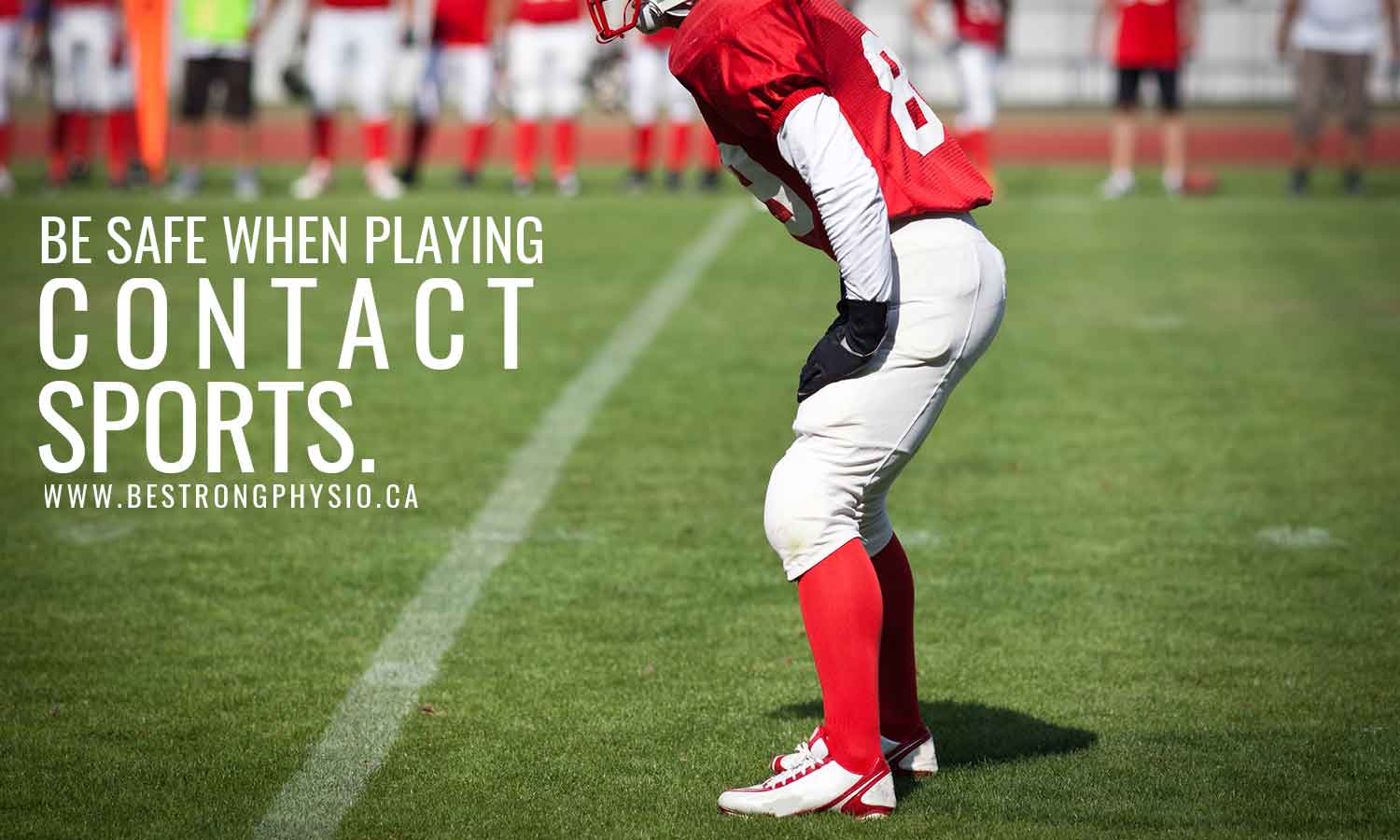
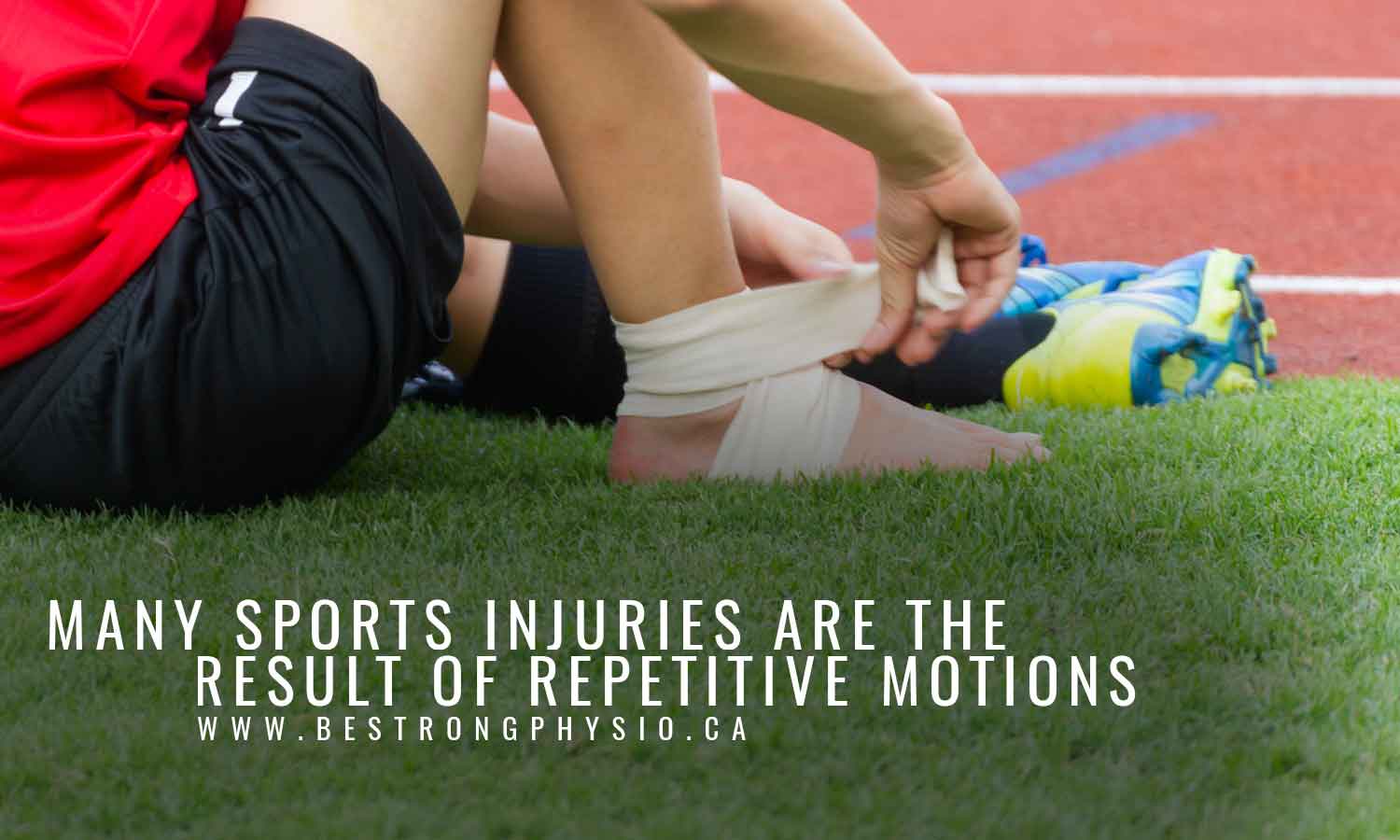
Commonly Seen Sports Injuries
Here are the top seven sports-related injuries, along with some first-aid treatment tips:
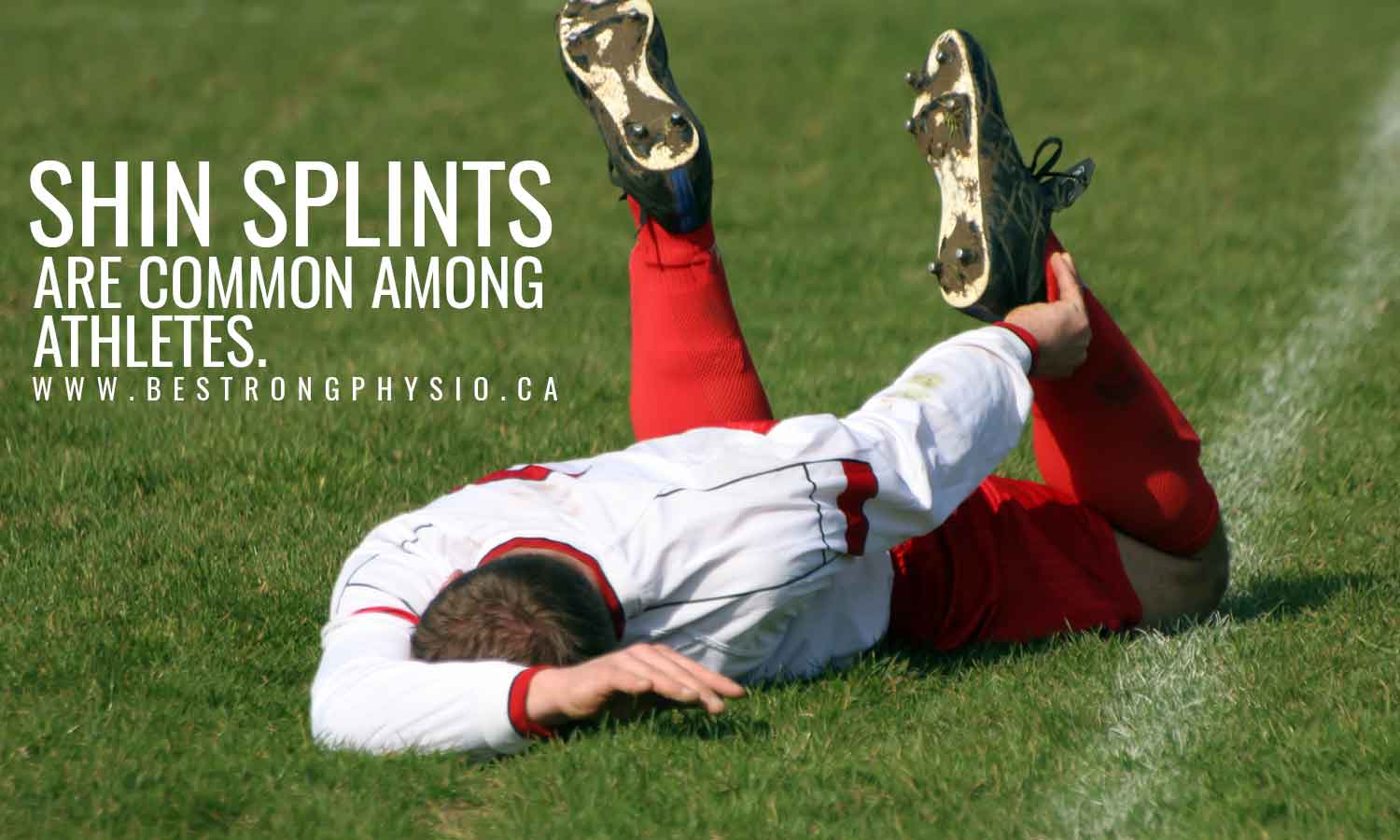
- Shin splints – Typically caused by excessive running or running on paved roads, shin splints cause pain at the front of the lower legs. A combination of rest and ice can ease shin splints, but see a doctor immediately if there is a break in the tibia (more commonly called a stress fracture). Prolonged rest of about one month or more is necessary to recover from a stress fracture.
- Hamstring strain – The hamstrings are made up of three muscles located in the back of the thigh and can be overstretched by movements like hurdling, cycling, or running. Among the symptoms are sudden and severe pain during exercise and a popping feeling. Hamstring injuries often require six to 12 months of rest; guidance from a doctor is integral for proper diagnosis and treatment.
- ACL tear – This occurs when the anterior cruciate ligament (or ACL, which helps stabilize the knee) is stretched, strained, or torn. Symptoms of an ACL tear include pain, a popping sound upon injury, joint swelling, and knee instability. A full recovery can take about six to nine months; in severe cases, a torn ACL will need surgery.
- Patellofemoral syndrome – This happens when the repetitive movement of the kneecap (patella) against the thigh bone (femur) damages the tissues underneath the kneecap. Activities like running, basketball, and volleyball can lead to patellofemoral syndrome in one or both knees. A recovery period of six weeks is usually needed to recover.
- Tennis elbow (epicondylitis) – Overusing the elbow during activities like tennis or golf may tear the tendons and result in epicondylitis. This condition is most common among persons aged 30 to 60 years old. Refrain from activities that involve repetitive use of the elbows until pain dissipates.
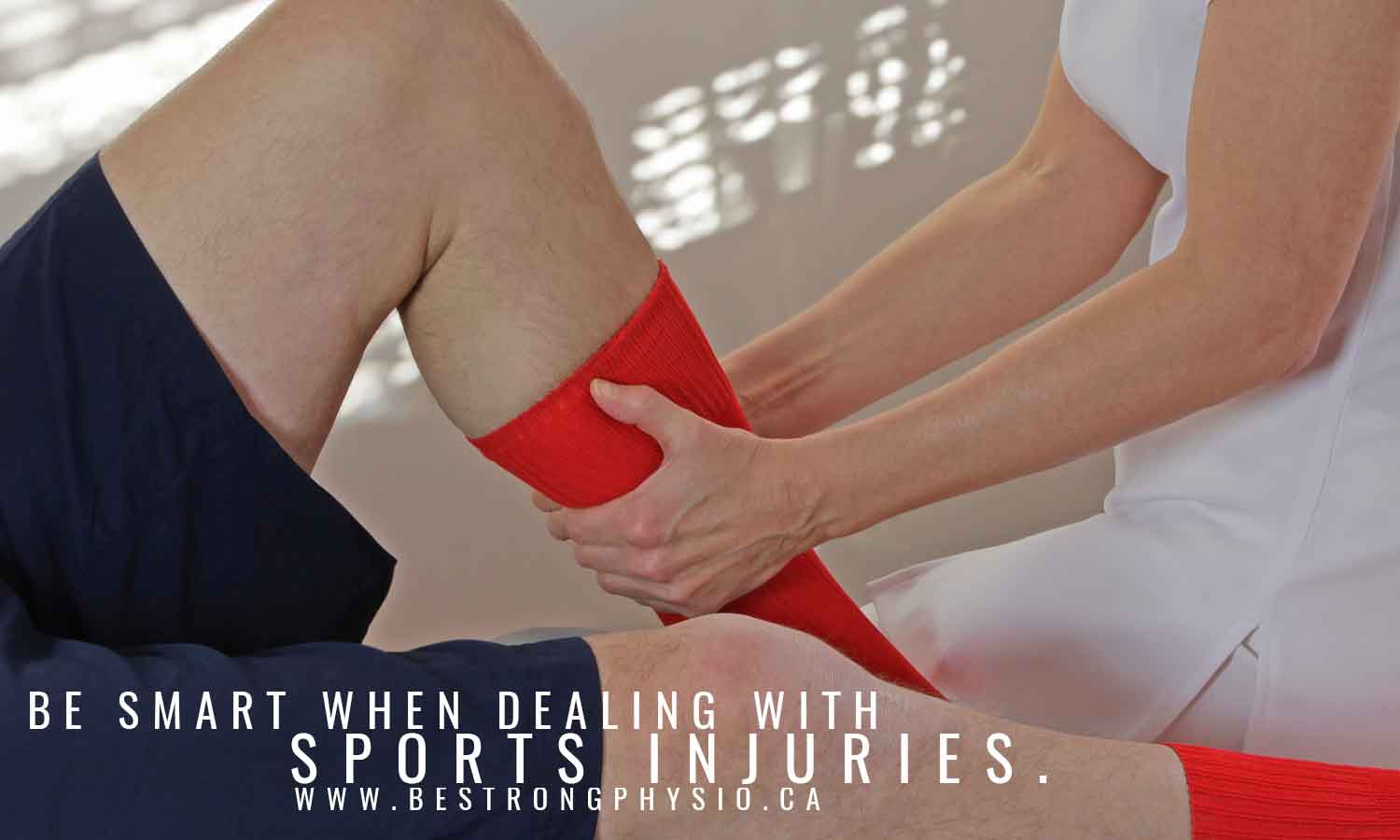
How to Treat Injuries
Depending on the condition and its severity, there are steps you can take to reduce pain and discomfort from a sports-related injury:
- Protect from further injury – Protect the injured area with a pad, crutch, or splint.
- Restrict and rest – Take time off from your usual exercise routine to heal and recover.
- Apply compression – Use an elastic bandage for compression to help ease swelling.
- Elevate – Raise the affected area above the heart to reduce swelling.
- Eat chocolate – Did you know that dark chocolate can help relieve muscle aches? Cocoa contains potassium, magnesium, and other minerals that have a therapeutic effect on joint pain.
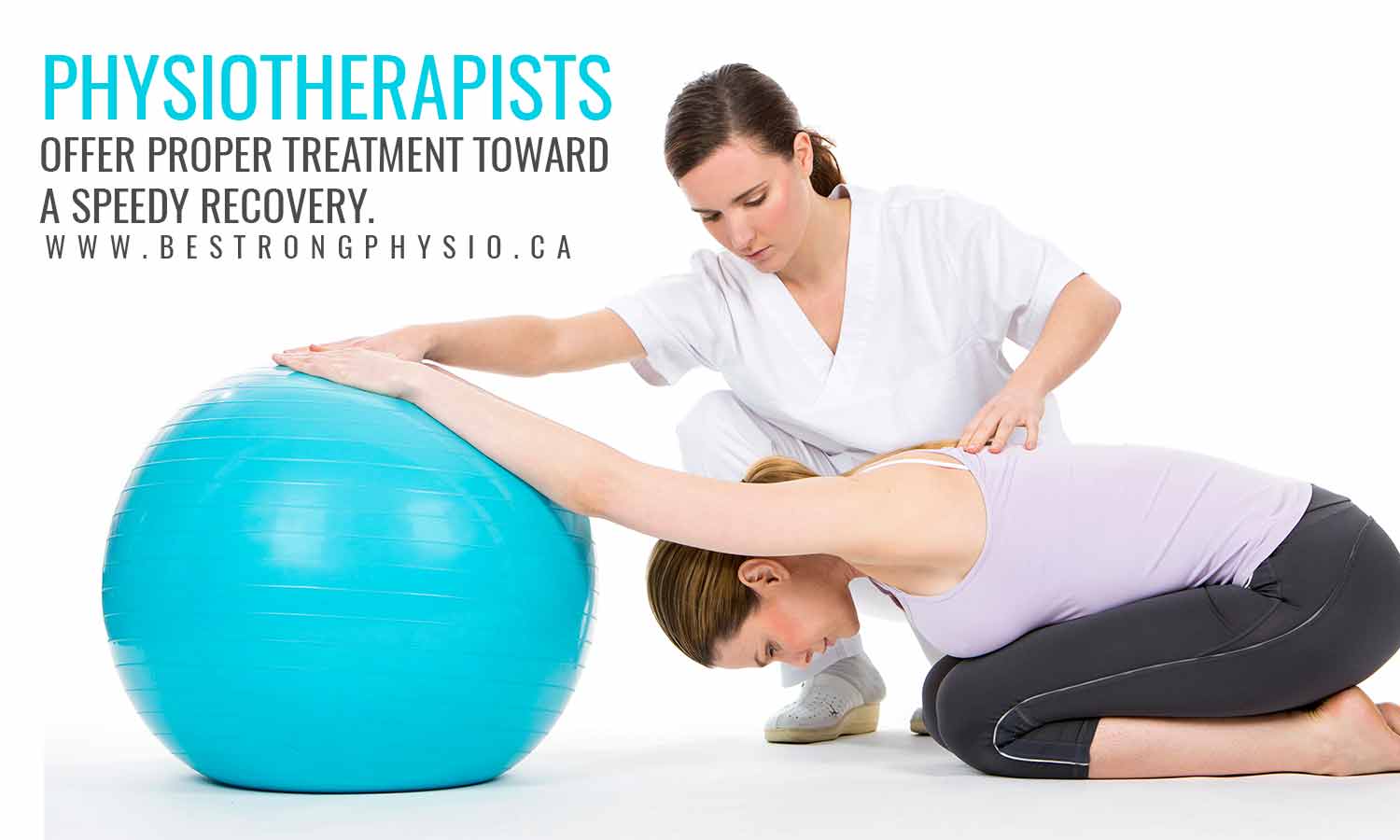
When to seek medical attention
Some injuries can be alleviated with first-aid treatment. However, if you suspect something more serious or have any of the following symptoms, see a doctor immediately.
- Excessive swelling – Swelling is the body’s natural reaction to injury. If the inflammatory response appears to go beyond normal, it can signal a more serious condition.
- The joint or bone is deformed.
- A change in skin colour at the site of injury.
- The condition isn’t improving after PRICE therapy (protection, rest, ice, compression, and elevation.
If you need care for an exercise or sports-related injury, consider getting help from the experts. Be Strong Physiotherapy in Scarborough has licensed RMTs, chiropractors, and massage therapists to help patients work through various illnesses and ailments. To book an appointment, email us or give us a call at 416-792-6440.




